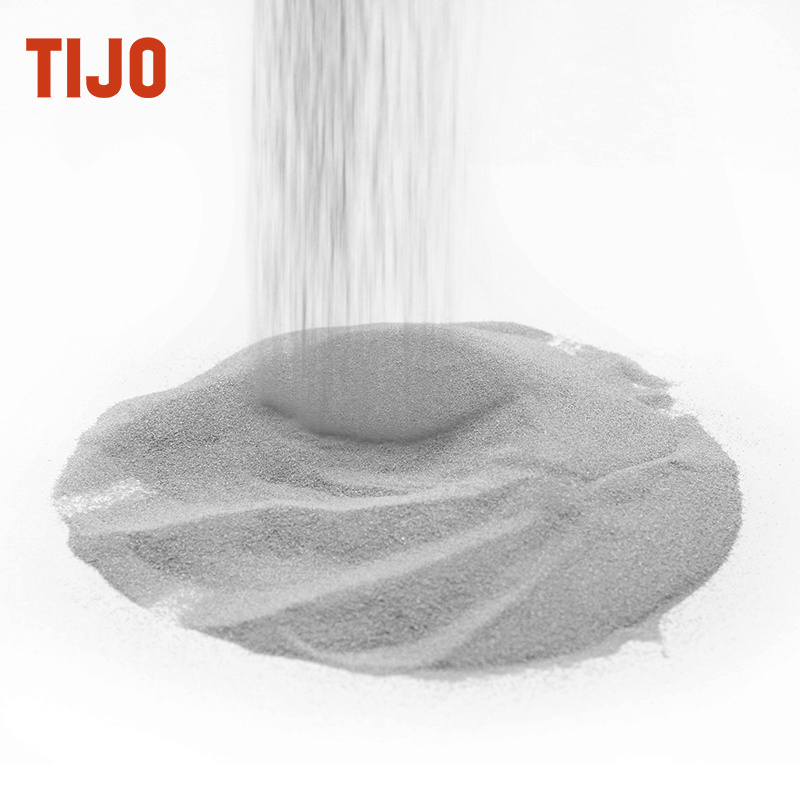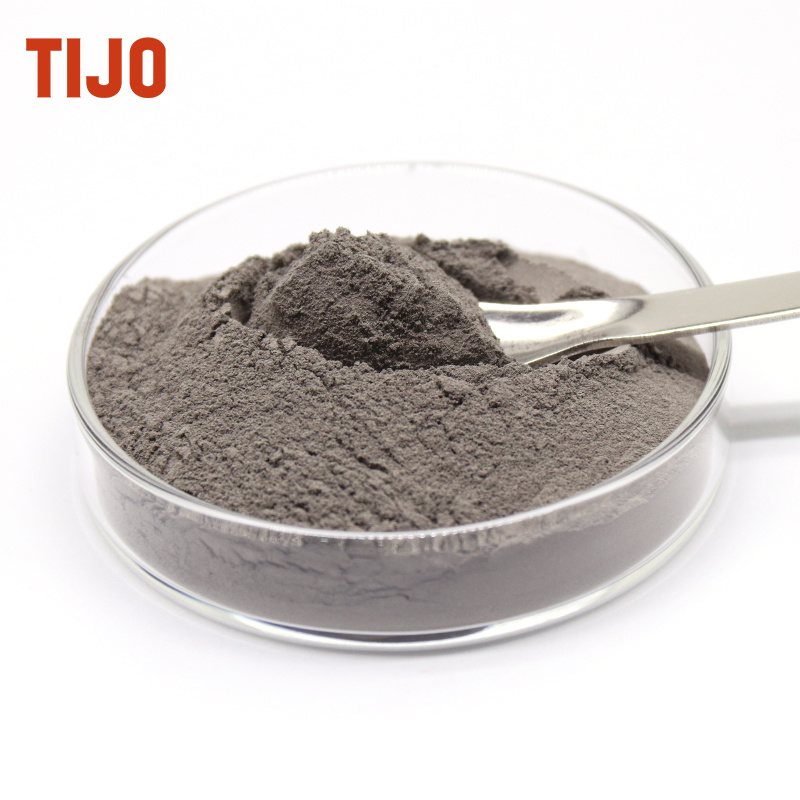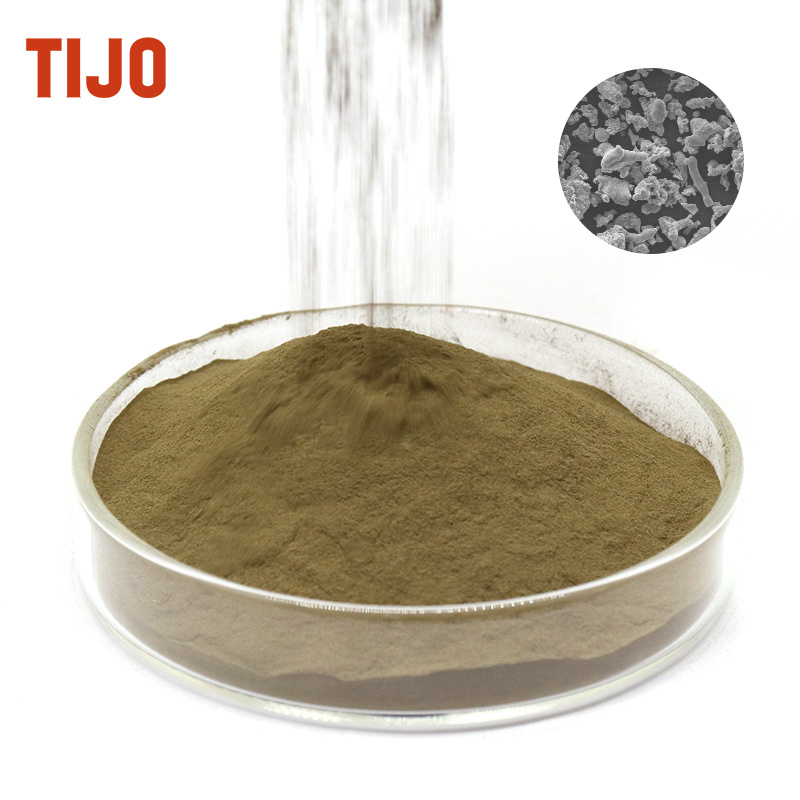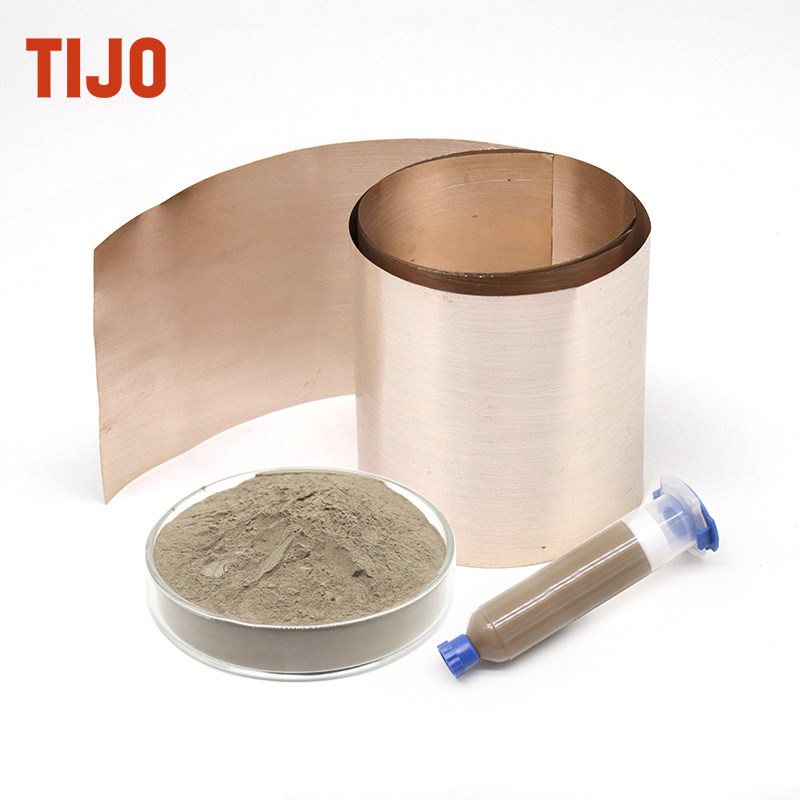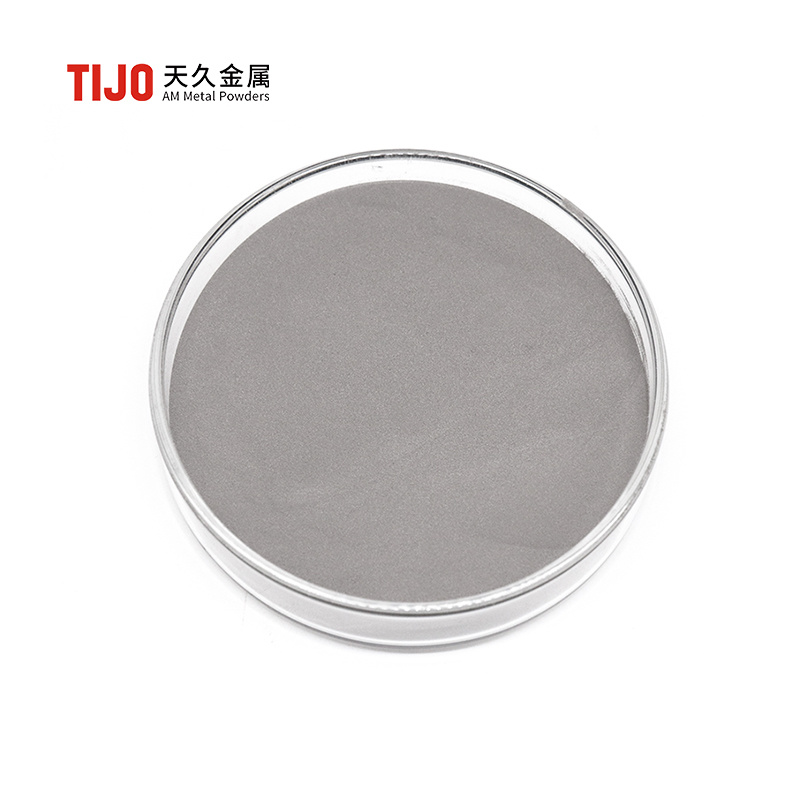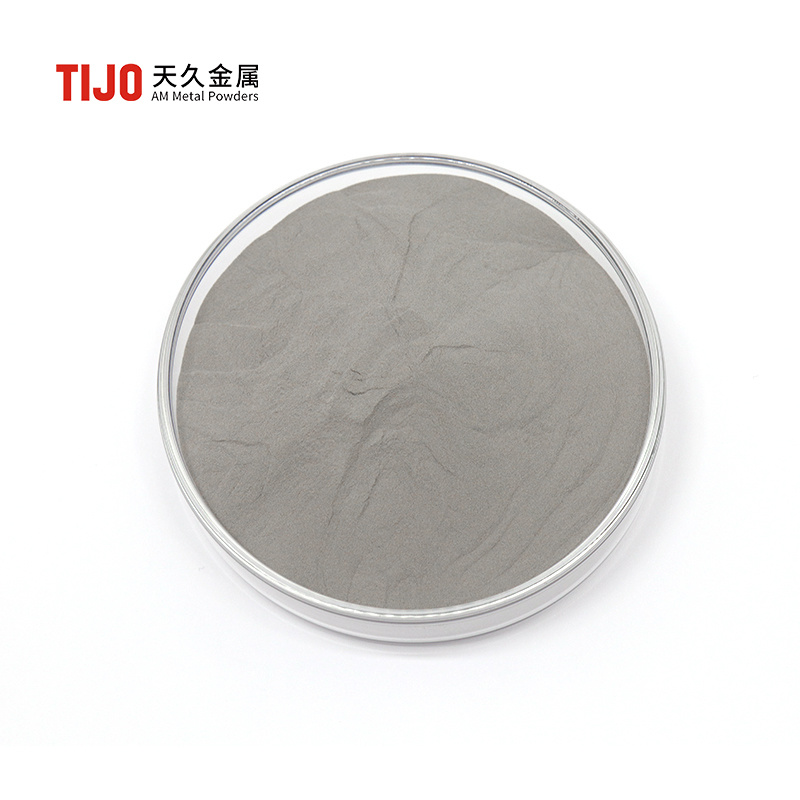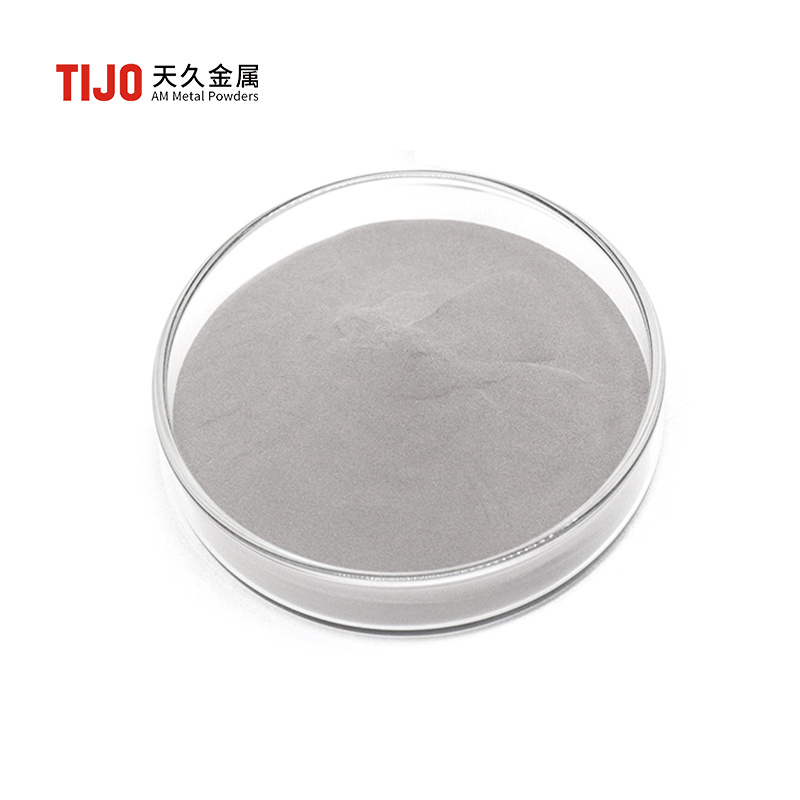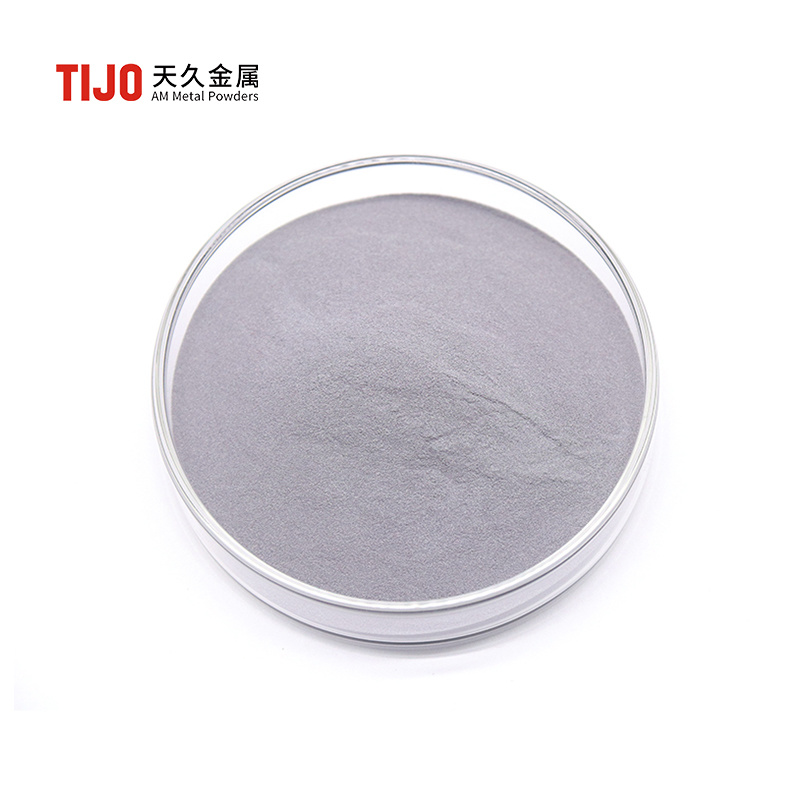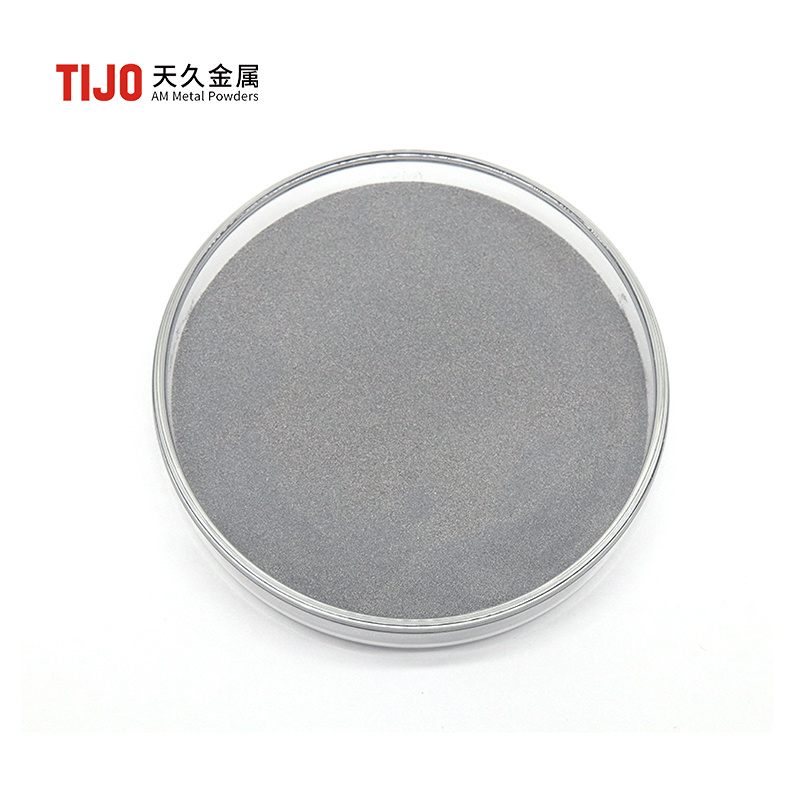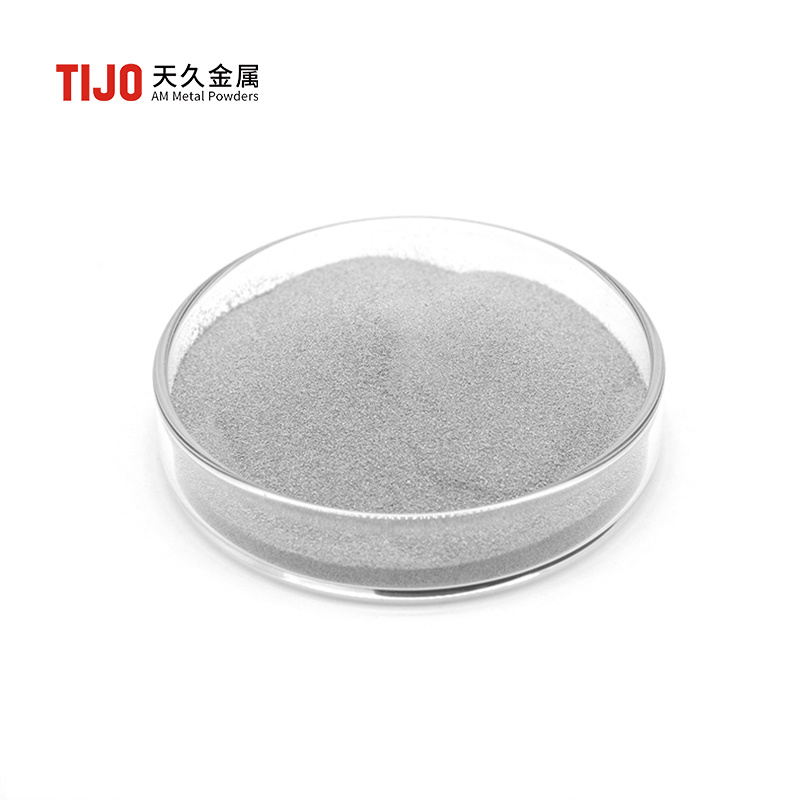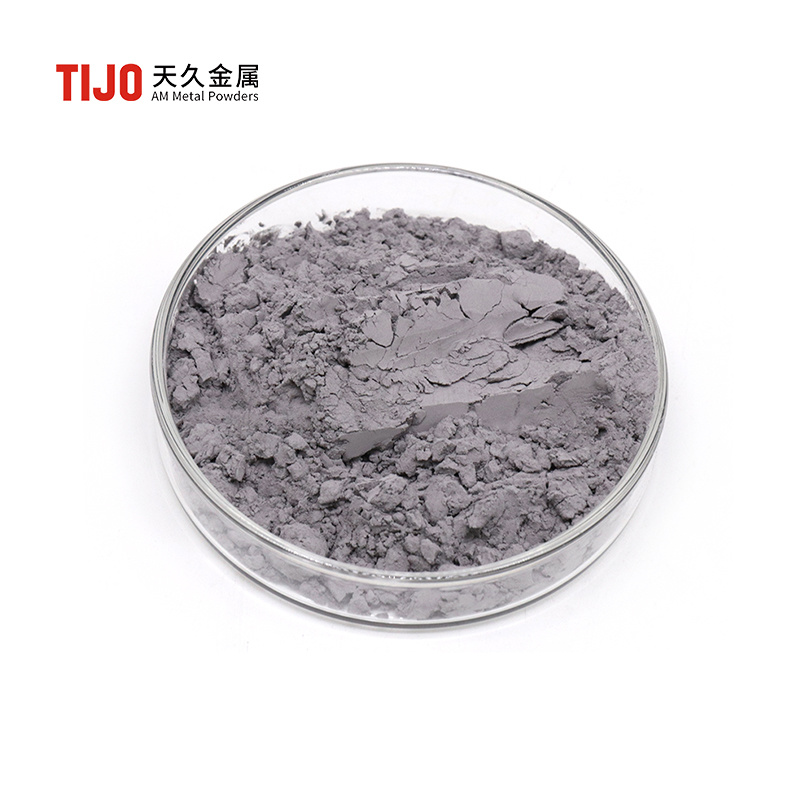Product Type
Good compatibility, excellent corrosion resistance of brazed joints, aesthetically pleasing process, and capable of achieving connections for complex structural components.
Nickel-based brazing filler metal is a brazing material composed of nickel as the base matrix, combined with low-melting elements such as boron, silicon, and phosphorus, as well as strengthening elements like chromium, cobalt, molybdenum, tungsten, and iron.
Copper-based brazing alloys refer to a class of brazing filler materials whose primary base element is copper (Cu). Brazing is a joining process in which the filler metal—whose melting point is lower than that of the base materials (the workpieces being joined)—is heated until it melts. The molten filler then wets the base materials, fills the gaps at the joint, and, through mutual dissolution and diffusion with the base materials, forms a strong bond between the workpieces.
Silver-based brazing filler metal is a brazing material whose primary component is silver (Ag). It is typically available in the form of wires, sheets, strips, or powders.
1. Excellent Corrosion Resistance: High molybdenum (Mo) content enhances resistance to pitting and crevice corrosion, suitable for harsh environments such as marine and chemical applications. 2. Biocompatibility: Certified for biocompatibility according to ISO 10993, suitable for manufacturing medical devices and implants. 3. High Purity and Low Impurities: Oxygen content ≤0.1%, carbon content ≤0.03%, reducing printing defects and ensuring the density and strength of finished products. 4. Excellent Processing Performance: High sphericity (≥95%), good fluidity (Hall flow rate ≤25 s/50g), suitable for additive manufacturing processes such as SLM and EBM.
1. Ultra-high strength: After aging hardening, the tensile strength ≥1310 MPa, hardness HRC ≥40, excellent impact toughness. Performance is stable at low temperatures down to 300°C, and fatigue resistance is outstanding. 2. Corrosion resistance: Resistant to atmospheric, seawater, and weak acid corrosion; suitable for chemical and marine environments. Passivation or plating further improves corrosion resistance. 3. Processing adaptability: High sphericity (≥95%), low oxygen content (≤0.1%), excellent fluidity, suitable for 3D printing of complex structures. Small heat treatment deformation, supports precision machining and surface polishing.
1. Corrosion Resistance: Resistant to weak acids, alkalis, chlorides, and organic media corrosion. Its intergranular corrosion resistance is superior to 304 stainless steel. It exhibits good oxidation resistance and is suitable for humid and high-temperature steam environments. 2. Processing Adaptability: High sphericity (≥95%), low oxygen content (≤0.1%), and excellent fluidity reduce additive manufacturing defects. Excellent weldability, no annealing required after welding, and no tendency for hot cracking. 3. Environmental and Hygiene: Lead-free and cadmium-free, compliant with FDA and RoHS standards, suitable for food contact applications.
1. Ultra-high strength: Tensile strength ≥1900 MPa and hardness ≥50 HRC after aging treatment, suitable for high-load scenarios. 2. Excellent machinability: High sphericity (≥95%) and low oxygen content (≤0.1%), suitable for 3D printing and complex structure forming. 3. High-temperature performance: Good high-temperature stability, suitable for mold hot-working parts and parts used in high-temperature environments. 4. Heat treatment friendly: Can be rapidly strengthened by aging treatment (480-500℃) to improve mechanical properties.
1. Excellent ductility in the annealed state 2. Excellent weldability 3. High fatigue strength 4. Good corrosion resistance 5. Excellent printability and surface finish 6. Good thermal and electrical conductivity, non-magnetic, low-temperature resistant 7. Non-magnetic
1. Excellent fluidity and processability in additive manufacturing systems 2. High strength-to-weight ratio, suitable for lightweight component production 3. Good thermal conductivity, low coefficient of thermal expansion 3. Good mechanical properties, including high stiffness and wear resistance 4. Cost-effective production due to reduced material waste and shorter lead times 5. Flexible creation of complex geometries and internal structures
1. Excellent weldability and castability 2. Good wear resistance 3. High corrosion resistance 4. High specific strength 5. Low coefficient of thermal expansion
1. Excellent formability: High sphericity (sphericity ≥90%), good flowability, suitable for additive manufacturing processes such as SLM (Selective Laser Melting) 2. Balanced comprehensive performance: Moderate strength (tensile strength ≥290 MPa), combined with corrosion resistance and machinability, can be heat-treated for strengthening (T6 state) 3. High purity and low oxygen content: Oxygen content ≤0.15%, pure powder, reducing printing defects and improving the density of finished products 4. Wide application adaptability: Supports multiple post-processing processes (such as anodizing, welding), and is adaptable to automobiles, aerospace, industrial molds, and other scenarios



